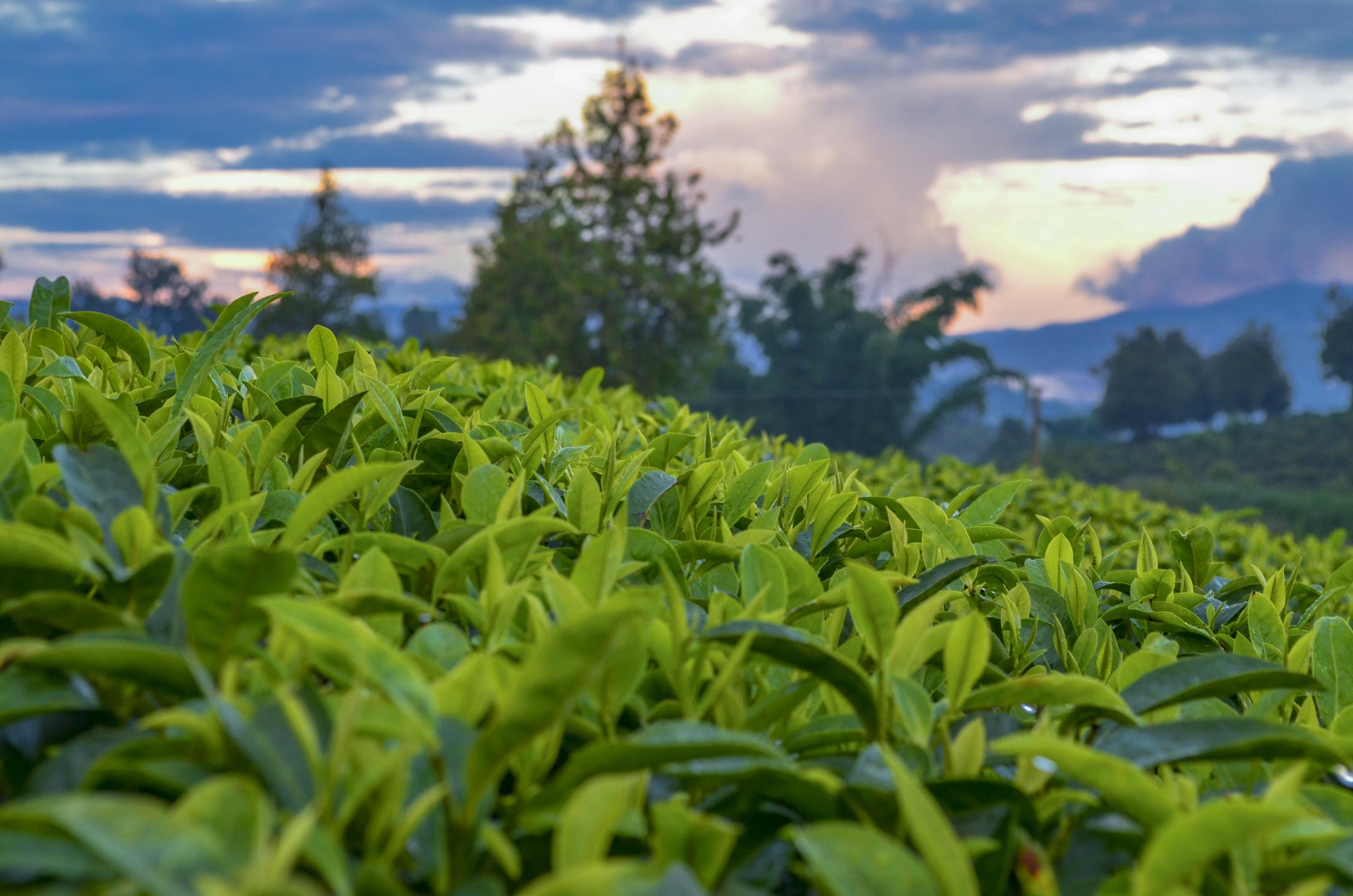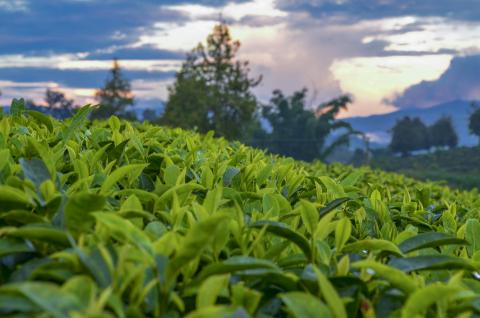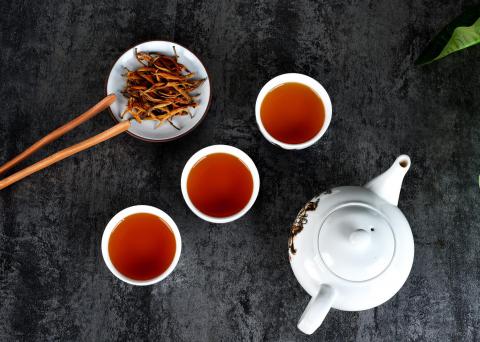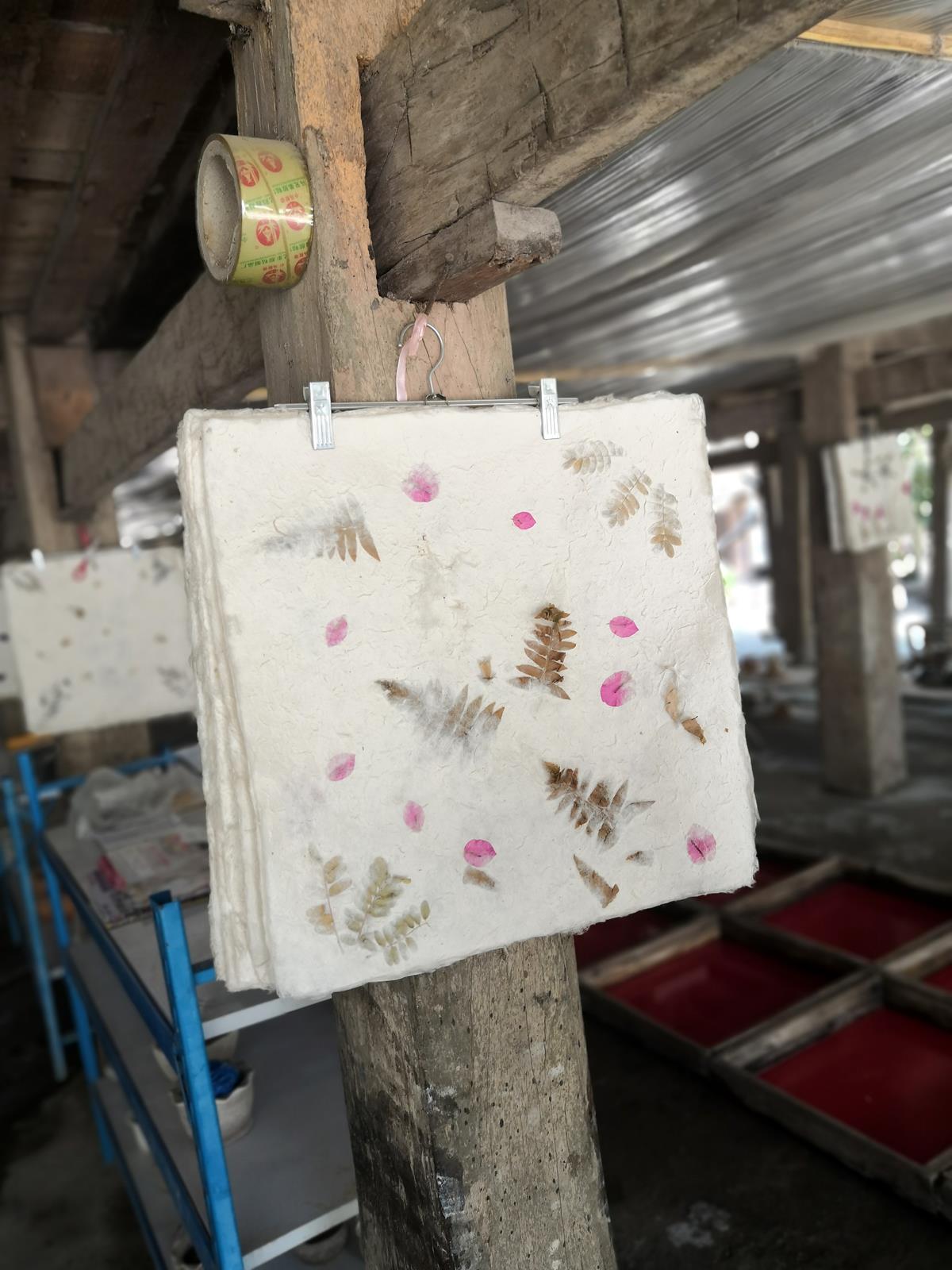Yunnan Tea Gardens in Full Bloom

In 2023, the "Puer Jingmaishan Ancient Tea Forest Cultural Landscape" was successfully inscribed as the world's first tea-themed World Heritage site! In fact, Yunnan has a long history and strong connection with tea, and tea gardens can be seen in many places.

Yunnan is the birthplace of tea, and tea leaves are a well-known specialty of Yunnan Province with a planting history of over 1,700 years. Currently, the province has a tea plantation area of 7.955 million mu (about 530 thousand hectares), ranking first in China. There are six million tea farmers and a total population engaged in the tea industry reaches 11 million. There are 91,525 tea enterprises in Yunnan, ranking third in the country and accounting for 7.5% of the total number nationwide. Among them, there are 25 companies with annual sales revenue exceeding one hundred million yuan. In 2023, Yunnan's annual tea production reached 558,100 tons, ranking among the top provinces nationwide. In addition to meeting domestic market demand for tea leaves, Yunnan also exports to dozens of countries and regions such as Europe, America, and Southeast Asia.

Yunnan is one of China's major provinces for tea production. Currently it has preserved more than 2,700 types of germplasm resources related to tea plants. The national germplasm resource library for Mainghailiang big-leaf variety located in Menghai County of Xishuangbanna Dai Autonomous Prefecture is the world's largest repository for big-leaf variety resources - it serves as an active preservation center that holds the most abundant collection of big-leaf variety resources worldwide.
More than forty counties in Yunnan have discovered wild large-tea tree populations deep into their mountains' dense forests. In Qianjia Village in Jiuja Township of Zhenyuan County within Ailao Mountain region lies an ancient forest where wild ancient-tea tree communities aged at around 2,700 years old and 2,500 years old were discovered . According to ancient writings recorded by Dai people from Xishuangbanna , local cultivation practices date back as early as seventeen hundred years ago . On Nannuo Mountain within Menghai County still stands artificially cultivated large-tea trees that have been growing for over eight hundred years - they are considered kings among all other local cultivated varieties.

Due to its suitable climate temperature wise ,soil quality, and abundant sunlight, Yunnan's large-leaf tea has superior quality and high yields. It sprouts early, has strong bud development, a long growth period, thick and plump leaves, and a soft texture. Scientific analysis shows that Yunnan tea has high levels of water extractables, polyphenols, and catechins. As a result, Yunnan tea exhibits vibrant color, rich flavor, and is able to withstand multiple infusions. Combined with exquisite processing techniques, it has formed a unique style of traditional famous tea.
The main varieties of Yunnan tea are Dianhong, green tea, Puer tea, compressed tea, and flower tea. Among them, Puer tea and compressed teas like tuocha and qi zi bingcha are particularly loved by foreign tourists. Puer tea is the most famous variety of Yunnan tea. The description of "daughter's tea" in the novel "Dream of Red Mansions" is actually a type of Puer tea. Puer tea has a reddish-brown color, a mellow and sweet taste, and a rich aroma with a mild character.
However, Yunnan has many ethnic groups and each one has a special fondness for drinking tea. Throughout its long history, the culture of drinking tea has permeated every aspect of life for each ethnic group, resulting in diverse customs related to the consumption of this beverage.
As the traditional pillar industry in Yunnan province, the tea industry has experienced numerous periods of prosperity and decline. During the Ming and Qing dynasties, Puer tea from Yunnan was highly regarded and gained fame in six major mountainous regions known for their teas. The indigenous ethnic groups in Yunnan have a long history of utilizing the tea tree. As early as over 1,100 years ago during the Tang Dynasty's Nanzhao period, Yi people living in areas such as Dali and Jingdong already had customs involving cultivation as well as culinary use for ginger pepper spices - they developed rituals related to consuming these beverages.
Over centuries-long development process , different ethnic groups in Yunnan have formed their own unique drinking customs related to teas - these customs have been passed down through generations becoming part of their respective cultural traditions . For example: San Dao Cha (Three Course Tea) among Bai people; Bamboo Leaf Tea among Dai people; Pottery Pot Tea among Jinuo people; Qingzhu (Green Bamboo) Tea and Sour Tea among Blang people; Liangban Cha (Cold Tossed Salad-style Tea) among Jino people; Shaocha (Burnt Tea) among Wa people ; Roasted Tea among Lahu People ; Earth Jar Tea Among Yi People ; Dragon Tiger Fight-Style Tea Among Naxi People ; Buttered Tibetan Tea etcetera.
Yunnan has deep connections with its rich history with regards to teas . It is not only the birthplace of teaplants but also home to one of th most breathtaking routes globally - it boasts being one end pointof the Tea Horse Ancient Road. People in Yunnan love to enjoy and cultivate tea. In order to promote Yunnan tea culture, the annual China Yunnan Puer Tea International Expo is held in Yunnan. This year's Puer tea expo will take place from February 19th to 22nd at the Kunming TV International Convention and Exhibition Center, with the theme of "Green Yunnan Tea, Puer for All", aiming to promote the high-quality development of the tea industry in Yunnan.







